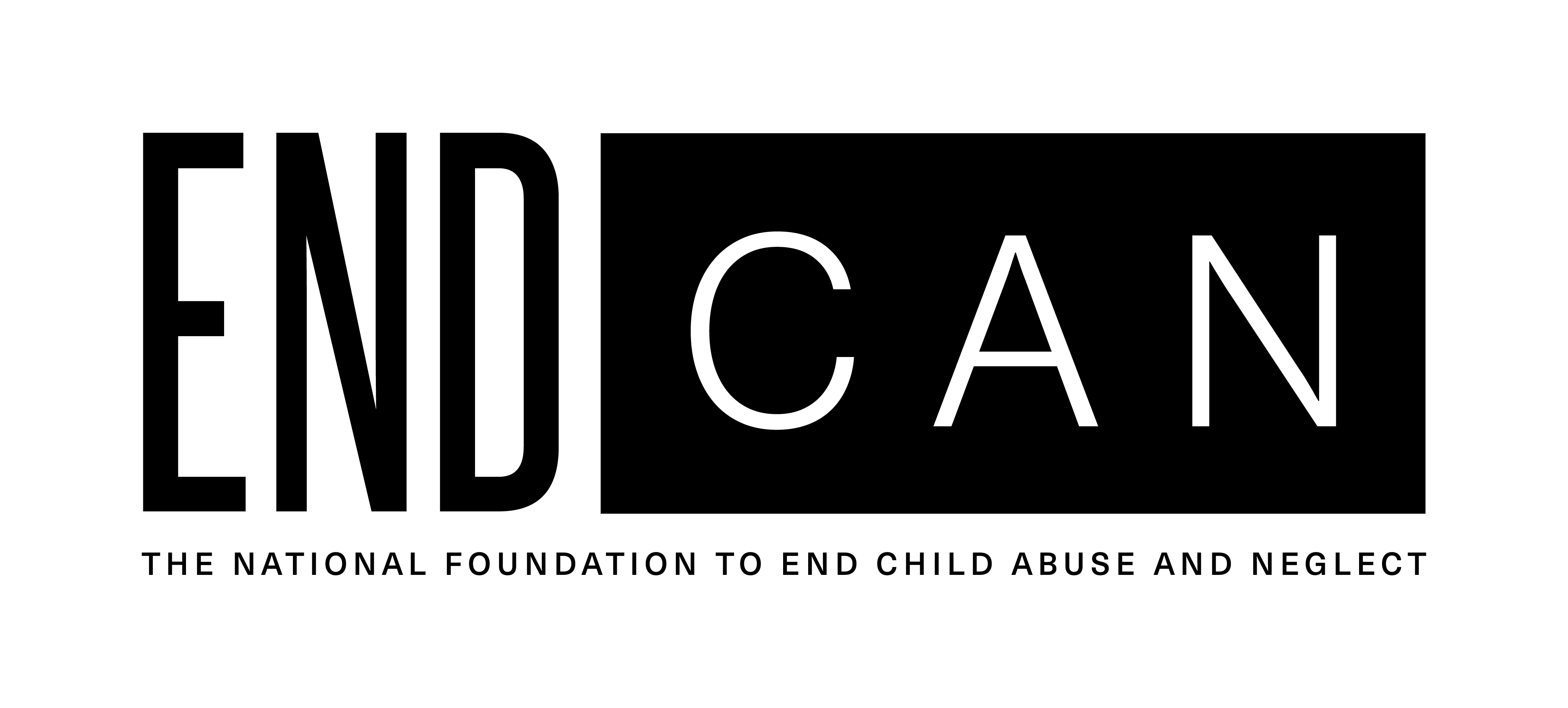7 Steps to Take If Your Child Has Been a Victim of Cyberbullying
Featuring Rebecca Edwards
Bullying doesn’t happen only on the playground anymore. With the evolution of social networks and easy access to the internet, bullies can follow your children into the sanctity of your home via computers and smartphones.
No one wants their child to have to deal with the fallout of being bullied, but there are steps you can take if your child has been bullied online.
- Make sure your child is safe.
The first thing to do if your child has been a victim of cyberbullying is to help them regain a feeling of safety. The best way to do that is to make their online world safe again. That can include blocking the accounts of bullies, reporting the behavior to the platform (Facebook, Snapchat, etc.), or deleting online profiles and starting new ones. The main goal is to stop the threatening behavior and carve out a path for your child to feel secure again
- Gather evidence.
Before you delete any accounts or offensive messages, take screenshots or print out records of the bullying. This can be important if the bullying escalates or if you need to get authorities involved.
- Talk to your child—and listen to what they say.
Take the time to really listen to your child’s account of what happened. Let them talk about it as much as they need to, so you can get a clear picture of exactly what’s been going on. Ask them how it makes them feel. Respond with understanding and refrain from blaming your child or justifying the actions of the bully. Reassure them and offer ways for them to process and move on from these events.
- Bring in reinforcements.
You’re not the only person who can help your child through this tough time. If your child goes to the same school as the bully, ask teachers, counselors, and administrators what they’ve observed and what steps they will take to help curb the bullying. Most schools have anti-bullying policies that can help make your child feel safe when they’re at school. Let the school be in charge of contacting the other child’s parents, if necessary.
- Get professional help.
Depending on how traumatized your child is as a result of the bullying, you may want to seek help from a professional counselor. Sometimes it’s easier for kids to process feelings with a neutral third-party, and a counselor or therapist is trained to help your child process their emotions and develop the coping skills they need to recover fully.
- Decide if legal action is required.
Many cyberbullying incidents can be resolved without getting the authorities involved, but some threats warrant that step. If your child has been threatened with physical harm or encouraged to harm themselves, it might be time to report it to the police. The same goes for threats that are based on race, gender, sexual orientation, or religion. In those cases, you should also reach out to the US Department of Education Office for Civil Rights.
- Take steps to keep it from happening again.
There are a lot of things you can do to decrease your child’s chances of being cyberbullied again.
- Make sure your child is using the right privacy settings on all social media and messaging accounts.
- Keep the family computer in a central place in your home where you can supervise what’s happening online.
- Use a family email account for all communication, but if you let your child have a private account make sure you have full access to the account so you can spot dangerous activity early.
- Install parental control software. Look for software that scans for signs of cyberbullying and alerts you to a potential problem. This type of tool isn’t spying on your child, just looking for signs of trouble so you can act before things go too far. Plus, it will give you the chance to keep the lines of communication open, which is the best way to protect your child and teach them to protect themselves.
Unfortunately, there’s no way to guarantee your child won’t be exposed to some form of bullying—whether it’s on the playground or online. But diligence and communication can help you spot suspicious behavior early, stop it, and help prevent your child from worrying about personal attacks.

Author’s bio:
As a single mom and college director, Rebecca spent two decades looking out for the safety of others. Her real-life diligence turned into a passion for safety and security technology. Six years ago, she started researching and writing about safety. Today she spends every day seeking out ways to help families and communities live safer. Rebecca loves sharing her discoveries with people in a number of publications, on the radio, and through TV interviews. Rebecca is the lead safety reporter for SafeWise.com, an online resource that offers safety solutions, resources, and recommendations for the home and community.
The National Foundation to End Child Abuse and Neglect is a 501(c)(3) not-for-profit entity (IRS tax exempt number 82-3752131), and all contributions are tax-deductible.
info@endcan.org | PO Box 102428, Denver, CO 80250
Tel: (833) 40-ABUSE
